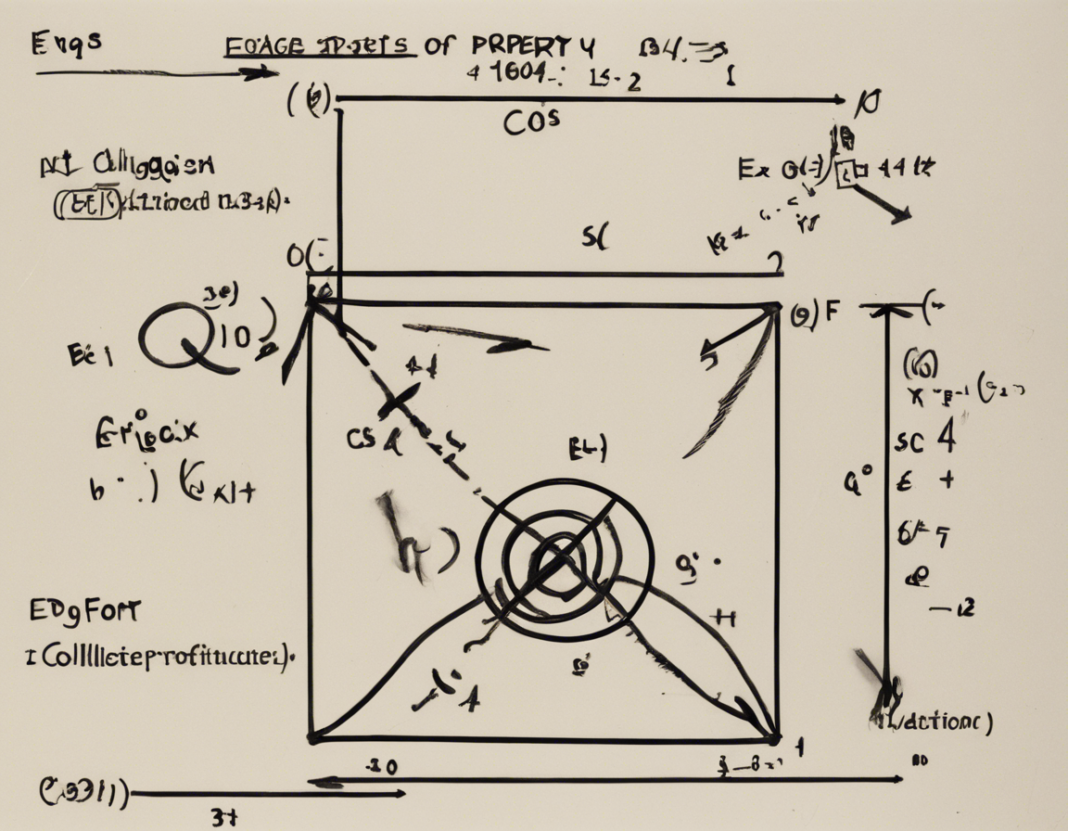Solutions are an integral part of our daily lives, whether we are aware of it or not. From the salt in seawater to the sugar in our morning coffee, solutions play a crucial role in various natural processes and industrial applications. One fascinating aspect of solutions is their colligative properties, which depend solely on the number of solute particles in a given amount of solvent, regardless of the type of solute molecules present. In this comprehensive guide, we will delve deep into the colligative property of solutions, exploring its significance, underlying principles, and real-world applications.
What are Colligative Properties?
Colligative properties of a solution are those that depend on the quantity of solute particles present, rather than the chemical nature of the solute itself. These properties include vapor pressure lowering, boiling point elevation, freezing point depression, and osmotic pressure. Colligative properties are a direct result of the entropy changes that occur when solute particles are added to a solvent, disrupting its normal physical behavior.
Vapor Pressure Lowering
When a nonvolatile solute is added to a solvent, it lowers the vapor pressure of the solution compared to that of the pure solvent. This phenomenon can be explained by Raoult’s Law, which states that the partial vapor pressure of each component in a solution is directly proportional to its mole fraction in the solution.
Boiling Point Elevation
The presence of a solute in a solution also leads to an increase in the boiling point of the solution compared to the pure solvent. This is due to the fact that the vapor pressure must equal the atmospheric pressure for the solution to boil, which requires a higher temperature when a solute is added.
Freezing Point Depression
Similarly, the freezing point of a solution is lower than that of the pure solvent due to the presence of a solute. This is a result of the solute disrupting the formation of the crystalline lattice structure, which typically occurs as a pure solvent freezes.
Osmotic Pressure
Osmotic pressure is the pressure required to prevent the movement of solvent molecules across a semi-permeable membrane from a dilute solution to a concentrated solution. This phenomenon is critical in biological systems, where it plays a role in processes such as osmoregulation.
Factors Affecting Colligative Properties
Several factors can influence the extent to which colligative properties manifest in a solution. These include the concentration of the solute, the nature of the solute and solvent, and temperature. Higher concentrations of solute lead to more pronounced colligative effects, as do solutes that do not dissociate into ions when dissolved.
Real-World Applications
Understanding the colligative properties of solutions is crucial in various fields, including:
-
Cryopreservation: The use of cryoprotectants in preserving biological materials by preventing ice crystal formation.
-
Antifreeze: The addition of substances to lower the freezing point of engine coolant, preventing damage in cold temperatures.
-
Food Preservation: The addition of salt or sugar to foods to extend their shelf life by altering their colligative properties.
By leveraging colligative properties, scientists and engineers can develop innovative solutions to complex challenges across diverse industries.
Frequently Asked Questions (FAQs)
-
How do colligative properties differ from non-colligative properties?
Colligative properties depend on the number of solute particles in a solution, while non-colligative properties are specific to the chemical nature of the solute. -
What is the significance of colligative properties in everyday life?
Colligative properties are essential in various applications, such as food preservation, antifreeze formulation, and cryopreservation. -
How does temperature affect colligative properties?
Temperature directly impacts colligative properties, with lower temperatures generally enhancing the effects of freezing point depression and boiling point elevation. -
Can colligative properties be reversed once a solute is added?
Colligative properties are a result of the presence of solute particles in a solution and can be reversed by removing the solute from the solution. -
Are all solutes equally effective in altering colligative properties?
No, the effectiveness of a solute in altering colligative properties depends on factors such as concentration, nature of the solute, and its ability to dissociate in the solvent.
In conclusion, understanding the colligative properties of solutions is not only fascinating from a scientific perspective but also holds immense practical significance in various industries. By grasping the principles behind vapor pressure lowering, boiling point elevation, freezing point depression, and osmotic pressure, we can appreciate the subtle yet profound ways in which solutes influence the behavior of solutions. This knowledge paves the way for innovation and problem-solving, enabling us to harness the power of colligative properties for a wide range of applications.

